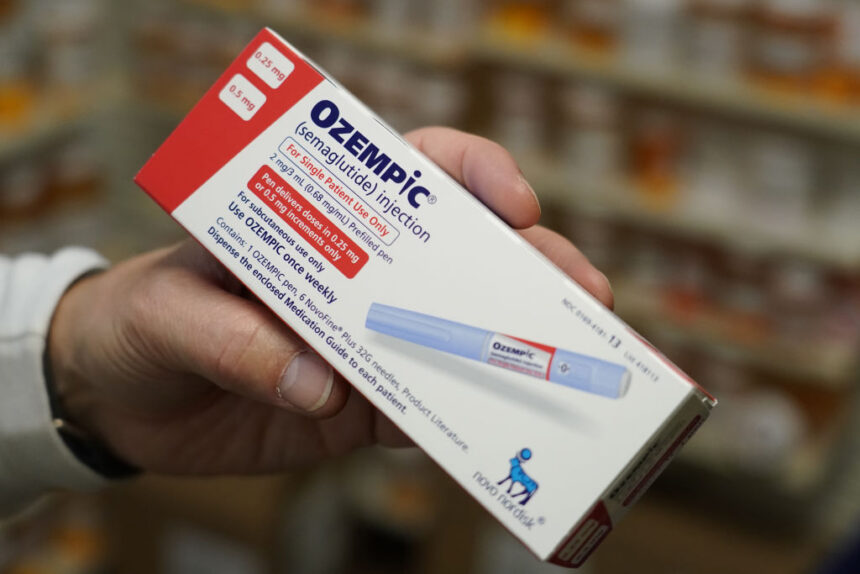Aggressive forecasts for the GLP-1 obesity market have caused no small amount of anxiety among insurers, employers and others nervous about managing this gathering tsunami.
The arrival of this wave in the healthcare marketplace may be imminent and a big transition is set for this year with respect to the top-selling drug class.
GLP-1s are set to take the drug sales throne from PD-1 inhibitors, according to a recent analysis.
“The pharmaceutical landscape is undergoing a transformative shift, as GLP-1 agonists are poised to surpass PD-1 antagonists as the best-selling drugs from 2024 onward,” wrote Kevin Marcaida, a pharma analyst at research firm GlobalData, in an investor note this week.
For the last several years, PD-1 antagonists like Merck’s Keytruda and Bristol Myers Squibb’s Opdivo dominated worldwide rankings. These immunotherapies reigned as the best-selling drugs by mechanism of action with $38.9 billion in sales, Global Data noted. Keytruda and Opdivo accounted for 87%, or $34 billion, of that revenue.
However, robust clinical trial results and a surge in endorsements from celebrities and influencers have done more than simply elevated drugs like Ozempic and Wegovy into mainstream consciousness. They’ve also buoyed sales.
In coming months, while both the PD-1 and GLP-1 drug classes are on pace to exceed the $40 billion mark, per GlobalData’s estimate, GLP-1 agonists like Novo Nordisk’s Ozempic and Eli Lilly’s Mounjaro will overtake their oncology counterparts by sales.
These drugs, which not only help maintain blood sugar levels among people living with type 2 diabetes but have also demonstrated weight-loss effects, are expected to hold onto that lead for the foreseeable future.
Between 2023 and 2029, the GLP-1 agonist market will grow at a 19.2% compound annual growth rate (CAGR), to $105 billion, easily outpacing PD-1 antagonists’ 4.7% CAGR and roughly doubling their 2029 market size of $51 billion, according to the GlobalData team.
Moreover, there will be more diversification among the sales ranks.
Last year, Ozempic, Mounjaro and Lilly’s Trulicity drove 71% of category sales. Going forward, the analysts see five key drugs leading the charge, topped by Mounjaro’s impressive $33.4 billion in 2029 annual sales.
Then come the multiple brands in Novo’s incretin franchise, namely the injectables Ozempic and Wegovy, along with experimental agent CagriSema and oral drug Rybelsus. These are forecast to capture 83% of the GLP-1 agonist market by 2029, said GlobalData. The Danish drugmaker, in fact, is set to become the leading company in the class by market share over that time.
As these predictions show, 2024 is expected to bring not only a changing of the guard but also an end to the status quo. Other analysts view obesity as likely to be the largest drug market ever.
With other large biopharma companies likely to enter, market forecasts range from $77 billion to more than $150 billion.
“This shift could reflect a changing demand away from oncology toward addressing metabolic disorders,” added Marcaida. “As industry leaders such as Novo Nordisk and Eli Lilly drive this evolution, GlobalData anticipates a reorientation in drug preferences in the coming years.”
For a March 2024 article about ‘Ozempic babies,’ click here.







